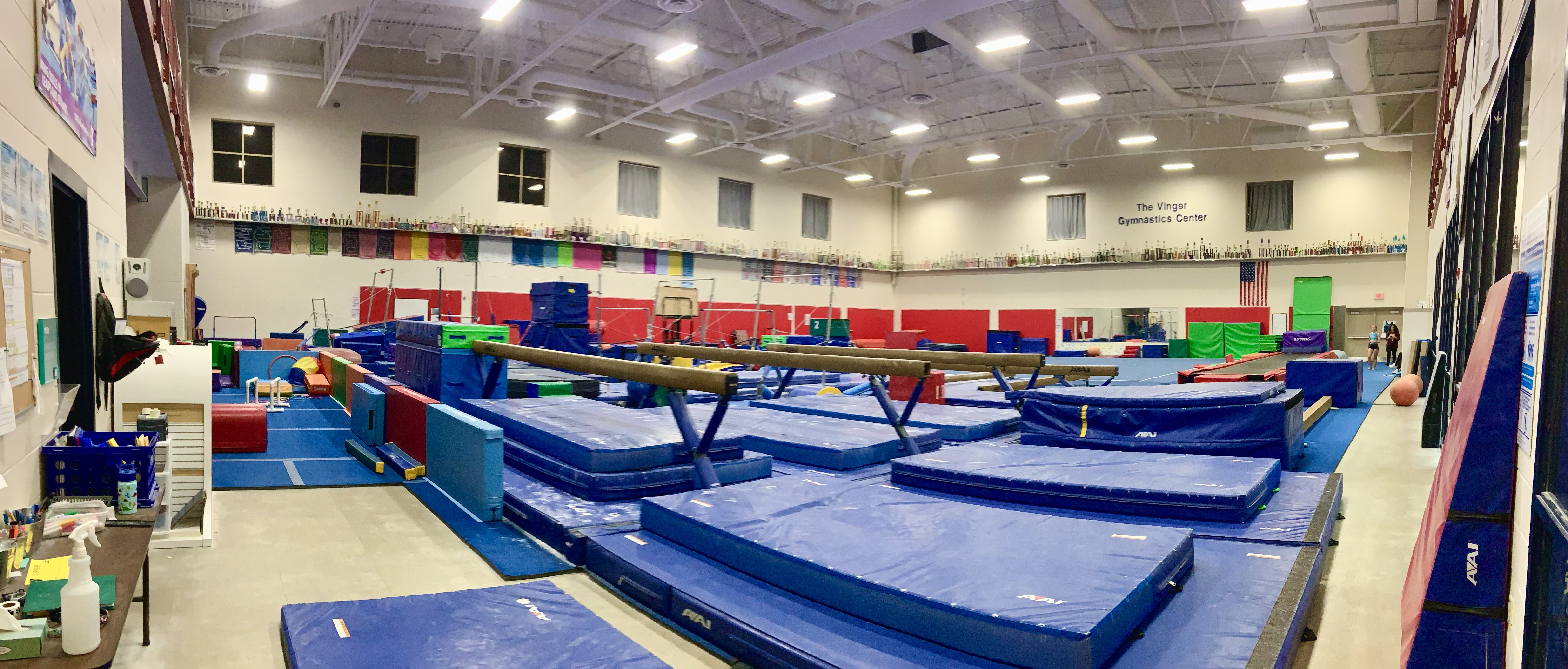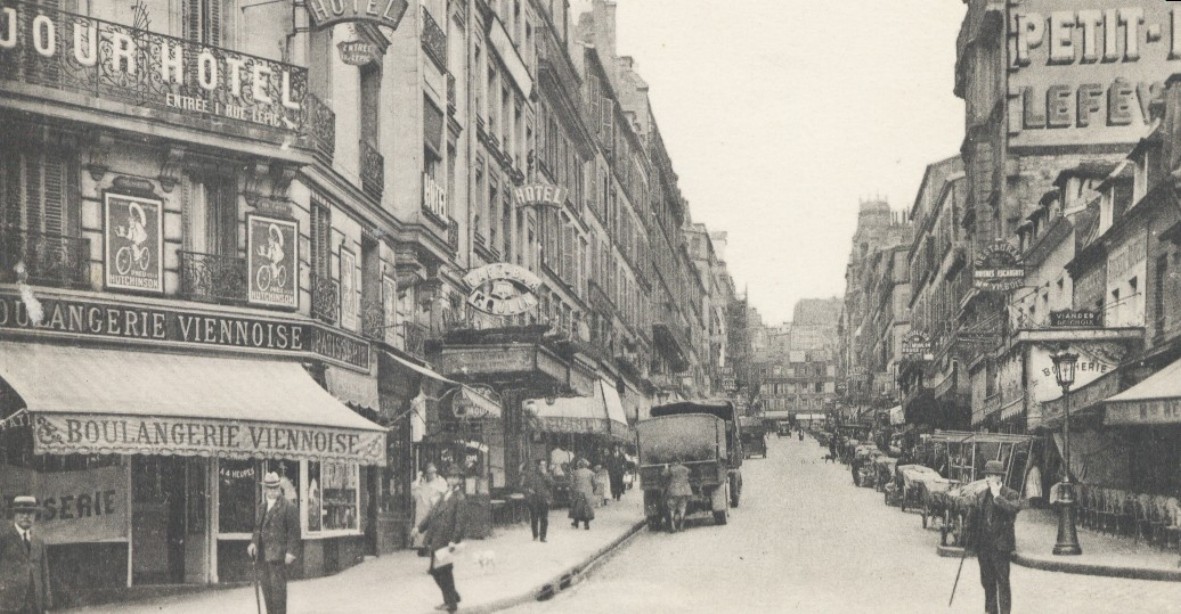|
Allan Paivio
Allan Urho Paivio (March 29, 1925 – June 19, 2016) was a professor of psychology at the University of Western Ontario and former bodybuilder. He earned his Ph.D. from McGill University in 1959 and taught at the University of Western Ontario from 1963 until his retirement. Early life and family Paivio was born in Thunder Bay, Ontario as the son of Aku Päiviö and Ida Hänninen. His father was a Finnish Canadian journalist, poet and socialist. Paivio's brother Jules Päiviö was an architect and professor. He was the last surviving member of the Mackenzie–Papineau Battalion fighting in the Spanish Civil War. Bodybuilding Paivio was a successful bodybuilder. In 1948, Allan Paivio won the title of "Mr. Canada" in a competition established by the International Federation of BodyBuilders. In a 1948 article in the ''YOUR PHYSIQUE'' magazine, Pavio is described as a well known athlete, bodybuilder, gymnast and physical culturist. A photograph of Paivio from 1948's Mr. ... [...More Info...] [...Related Items...] OR: [Wikipedia] [Google] [Baidu] |
Thunder Bay
Thunder Bay is a city in and the seat of Thunder Bay District, Ontario, Canada. It is the most populous municipality in Northwestern Ontario and the second most populous (after Greater Sudbury) municipality in Northern Ontario. Its population is 108,843 according to the 2021 Canadian census. Located on Lake Superior, the census metropolitan area of Thunder Bay has a population of 123,258 and consists of the city of Thunder Bay, the municipalities of Oliver Paipoonge and Neebing, Ontario, Neebing, the townships of Shuniah, Conmee, Ontario, Conmee, O'Connor, Ontario, O'Connor, and Gillies, Ontario, Gillies, and the Fort William First Nation. European settlement in the region began in the late 17th century with a French fur trading outpost on the banks of the Kaministiquia River., City of Thunder Bay. Retrieved 5 June 2007. It grew into an important transportation hub with its port forming an important link in the shipping of grain and other products from western Canada, through t ... [...More Info...] [...Related Items...] OR: [Wikipedia] [Google] [Baidu] |
Gymnastics
Gymnastics is a group of sport that includes physical exercises requiring Balance (ability), balance, Strength training, strength, Flexibility (anatomy), flexibility, agility, Motor coordination, coordination, artistry and endurance. The movements involved in gymnastics contribute to the development of the arms, legs, shoulders, back, chest, and Abdomen, abdominal muscle groups. Gymnastics evolved from exercises used by the Ancient Greece, ancient Greeks that included skills for mounting and dismounting a horse. The most common form of competitive gymnastics is artistic gymnastics (AG); for women, the events include floor (gymnastics), floor, vault (gymnastics), vault, uneven bars, and balance beam; for men, besides floor and vault, it includes still rings, rings, pommel horse, parallel bars, and horizontal bar. The governing body for competition in gymnastics throughout the world is the Fédération Internationale de Gymnastique (FIG). Eight sports are governed by the FIG, in ... [...More Info...] [...Related Items...] OR: [Wikipedia] [Google] [Baidu] |
Canadian People Of Finnish Descent
Canadians () are people identified with the country of Canada. This connection may be residential, legal, historical or cultural. For most Canadians, many (or all) of these connections exist and are collectively the source of their being ''Canadian''. Canada is a multilingual and multicultural society home to people of groups of many different ethnic, religious, and national origins, with the majority of the population made up of Old World immigrants and their descendants. Following the initial period of French and then the much larger British colonization, different waves (or peaks) of immigration and settlement of non-indigenous peoples took place over the course of nearly two centuries and continue today. Elements of Indigenous, French, British, and more recent immigrant customs, languages, and religions have combined to form the culture of Canada, and thus a Canadian identity and Canadian values. Canada has also been strongly influenced by its linguistic, geographic, an ... [...More Info...] [...Related Items...] OR: [Wikipedia] [Google] [Baidu] |
2016 Deaths
This is a list of lists of deaths of notable people, organized by year. New deaths articles are added to their respective month (e.g., Deaths in ) and then linked below. 2025 2024 2023 2022 2021 2020 2019 2018 2017 2016 2015 2014 2013 2012 2011 2010 2009 2008 2007 2006 2005 2004 2003 2002 2001 2000 1999 1998 1997 1996 1995 1994 1993 1992 1991 1990 1989 1988 1987 1986 Earlier years ''Deaths in years earlier than this can usually be found in the main articles of the years.'' See also * Lists of deaths by day * Deaths by year (category) {{DEFAULTSORT:deaths by year ... [...More Info...] [...Related Items...] OR: [Wikipedia] [Google] [Baidu] |
1925 Births
Events January * January 1 – The Syrian Federation is officially dissolved, the State of Aleppo and the State of Damascus having been replaced by the State of Syria (1925–1930), State of Syria. * January 3 – Benito Mussolini makes a pivotal speech in the Italian Chamber of Deputies (Italy), Chamber of Deputies which will be regarded by historians as the beginning of his dictatorship. * January 5 – Nellie Tayloe Ross becomes the first female governor (Wyoming) in the United States. Twelve days later, Ma Ferguson becomes first female governor of Texas. * January 25 – Hjalmar Branting resigns as Prime Minister of Sweden because of ill health, and is replaced by the minister of trade, Rickard Sandler. * January 27–February 1 – The 1925 serum run to Nome (the "Great Race of Mercy") relays diphtheria antitoxin by dog sled across the U.S. Territory of Alaska to combat an epidemic. February * February 25 – Art Gillham records (for Columbia Re ... [...More Info...] [...Related Items...] OR: [Wikipedia] [Google] [Baidu] |
Canadian Psychological Association
The Canadian Psychological Association (CPA) is the primary organization representing psychologists throughout Canada. It was organized in 1939 and incorporated under the Canada Corporations Act, Part II, in May 1950. Its objectives are to improve the health and welfare of all Canadians; to promote excellence and innovation in psychological research, education, and practice; to promote the advancement, development, dissemination, and application of psychological knowledge; and to provide high-quality services to members. History The CPA was founded in a University of Ottawa psychology lab in 1938, although it was not formally organized until 1939. Initially, the CPA's purpose was to help with Canada's contribution to World War II; indeed, the CPA was heavily involved with test construction for the Department of National Defence. Organizational structure CPA's head office is located in Ottawa, Ontario. The CPA has a directorate for each of its three pillars – science, pract ... [...More Info...] [...Related Items...] OR: [Wikipedia] [Google] [Baidu] |
Verbal Memory
Verbal memory is a term used in cognitive psychology which refers to memory of words and other abstractions involving language. A variety of tests is used to test verbal memory, including learning lists or pairs of words, or recalling a story after it has been told. Verbal memory deals with memory of spoken information. Verbal encoding Verbal encoding refers to the interpretation of verbal stimuli. Verbal encoding appears to be strongly left- lateralized in the medial temporal lobe of the human brain; however, its functional neuroanatomy can vary between individuals. Verbal recall Verbal recall refers to the recollection of verbal information. Although left-lateralization is typically associated with language, studies suggest that symmetrical bi-lateralization of language in the brain is advantageous to verbal recall.Catani*,†,‡,§, Marco; Allin†, Matthew P.G.; Husain¶, Masud; Pugliese*, Lucas; Mesulam‖, Marsel M.; Murray†, Robin M.; Jones**, Derek K"Symmetries in Human ... [...More Info...] [...Related Items...] OR: [Wikipedia] [Google] [Baidu] |
Human Factors
Ergonomics, also known as human factors or human factors engineering (HFE), is the application of psychological and physiological principles to the engineering and design of products, processes, and systems. Primary goals of human factors engineering are to reduce human error, increase productivity and system availability, and enhance safety, health and comfort with a specific focus on the interaction between the human and equipment. The field is a combination of numerous disciplines, such as psychology, sociology, engineering, biomechanics, industrial design, physiology, anthropometry, interaction design, visual design, user experience, and user interface design. Human factors research employs methods and approaches from these and other knowledge disciplines to study human behavior and generate data relevant to previously stated goals. In studying and sharing learning on the design of equipment, devices, and processes that fit the human body and its cognitive abilities, ... [...More Info...] [...Related Items...] OR: [Wikipedia] [Google] [Baidu] |
Phonological Loop
Alan Baddeley, Baddeley's model of working memory is a model of human memory proposed by Alan Baddeley and Graham Hitch in 1974, in an attempt to present a more accurate model of primary memory (often referred to as short-term memory). Working memory splits primary memory into multiple components, rather than considering it to be a single, unified construct. Baddeley and Hitch proposed their three-part working memory model as an alternative to the short-term store in Atkinson–Shiffrin memory model, Atkinson and Shiffrin's 'multi-store' memory model (1968). This model is later expanded upon by Baddeley and other co-workers to add a fourth component, and has become the dominant view in the field of working memory. However, alternative models are developing, providing a different perspective on the working memory system. The original model of Baddeley & Hitch was composed of three main components: the ''central executive system, executive'' which acts as a supervisory system and con ... [...More Info...] [...Related Items...] OR: [Wikipedia] [Google] [Baidu] |
Visuospatial Sketchpad
Baddeley's model of working memory is a model of human memory proposed by Alan Baddeley and Graham Hitch in 1974, in an attempt to present a more accurate model of primary memory (often referred to as short-term memory). Working memory splits primary memory into multiple components, rather than considering it to be a single, unified construct. Baddeley and Hitch proposed their three-part working memory model as an alternative to the short-term store in Atkinson and Shiffrin's 'multi-store' memory model (1968). This model is later expanded upon by Baddeley and other co-workers to add a fourth component, and has become the dominant view in the field of working memory. However, alternative models are developing, providing a different perspective on the working memory system. The original model of Baddeley & Hitch was composed of three main components: the ''central executive'' which acts as a supervisory system and controls the flow of information from and to its ''slave systems'' ... [...More Info...] [...Related Items...] OR: [Wikipedia] [Google] [Baidu] |
Working Memory
Working memory is a cognitive system with a limited capacity that can Memory, hold information temporarily. It is important for reasoning and the guidance of decision-making and behavior. Working memory is often used synonymously with short-term memory, but some theorists consider the two forms of memory distinct, assuming that working memory allows for the manipulation of stored information, whereas short-term memory only refers to the short-term storage of information. Working memory is a theoretical concept central to cognitive psychology, neuropsychology, and neuroscience. History The term "working memory" was coined by George Armitage Miller, Miller, Eugene Galanter, Galanter, and Karl H. Pribram, Pribram, and was used in the 1960s in the context of Computational theory of mind, theories that likened the mind to a computer. In 1968, Atkinson–Shiffrin memory model, Atkinson and Shiffrin used the term to describe their "short-term store". The term short-term store was the na ... [...More Info...] [...Related Items...] OR: [Wikipedia] [Google] [Baidu] |




